Blog
Latest articles

GraphLinq 2021–2025: From No-Code Vision to Web3 Automation Powerhouse
Over the past five years, the project has evolved from a promising idea into a fully operational blockchain ecosystem that integrates automation, AI-assisted development, and seamless dApp creation.

Top 5 Viral GraphAI Query Prompts
Below are five most popular GraphAI prompts among GraphLInq community that you can run today
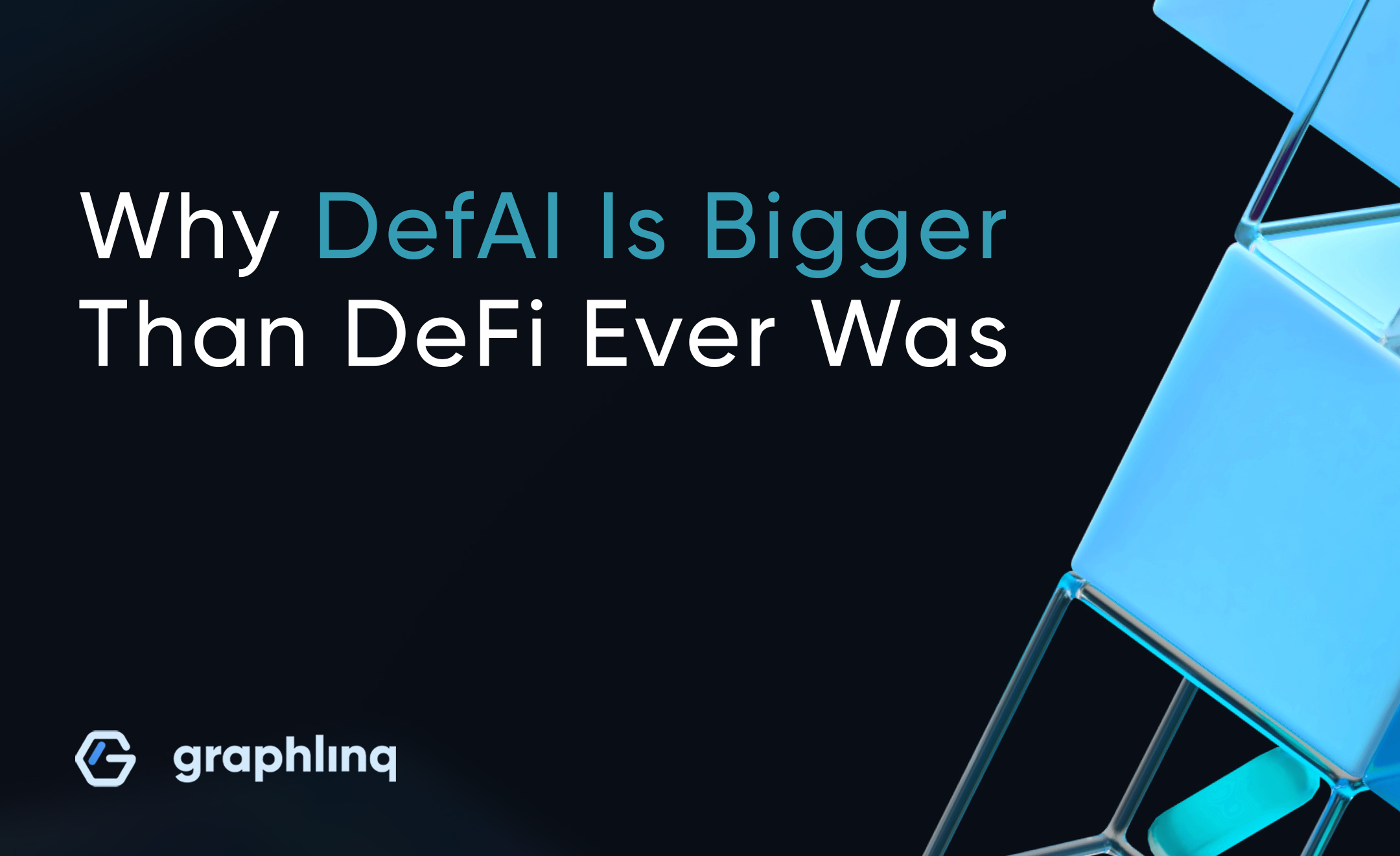
Why DefAI Is Bigger Than DeFi Ever Was
Some developers are positioning DeFAI as the ‘future of finance.’ But can it truly outgrow DeFi? In this article, we will dig into that question, uncovering what sets DeFAI apart, why its potential stretches far beyond finance, and how it could redefine the way value, intelligence, and capital interact across the economy.

Top Trends to Watch in 2026: Key Markets and Sectors to Keep an Eye On
AI-agents aren’t just upgraded chatbots anymore. They’re becoming independent digital workers able to plan, act, fetch data, execute tasks, and make decisions on their own. And the world is betting heavily on this shift. According to Grand View Research, the AI-agent market is projected to explode to $50.3B by 2030. MarketsandMarkets gives a similar outlook: $52B by 2030, with a CAGR around 46%.
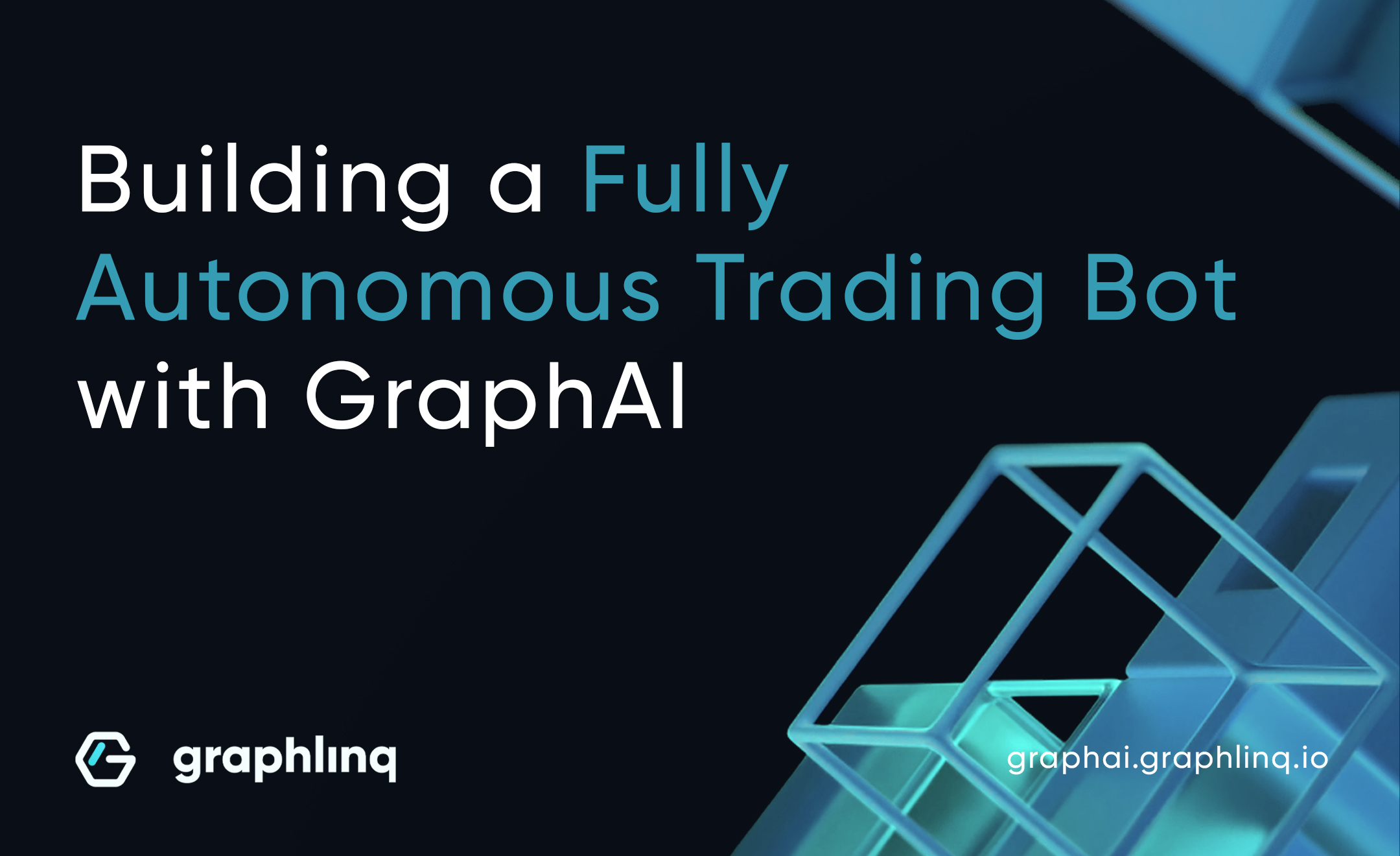
How to Build a Fully Autonomous Multi-Chain Trading Bot With Your GraphLinq GraphAI Agent
In this guide, we’ll show you how to build a fully automated trading bot that pulls live data, spots arbitrage opportunities, manages yield strategies, executes flash loans, safeguards capital, and even operates across multiple chains.
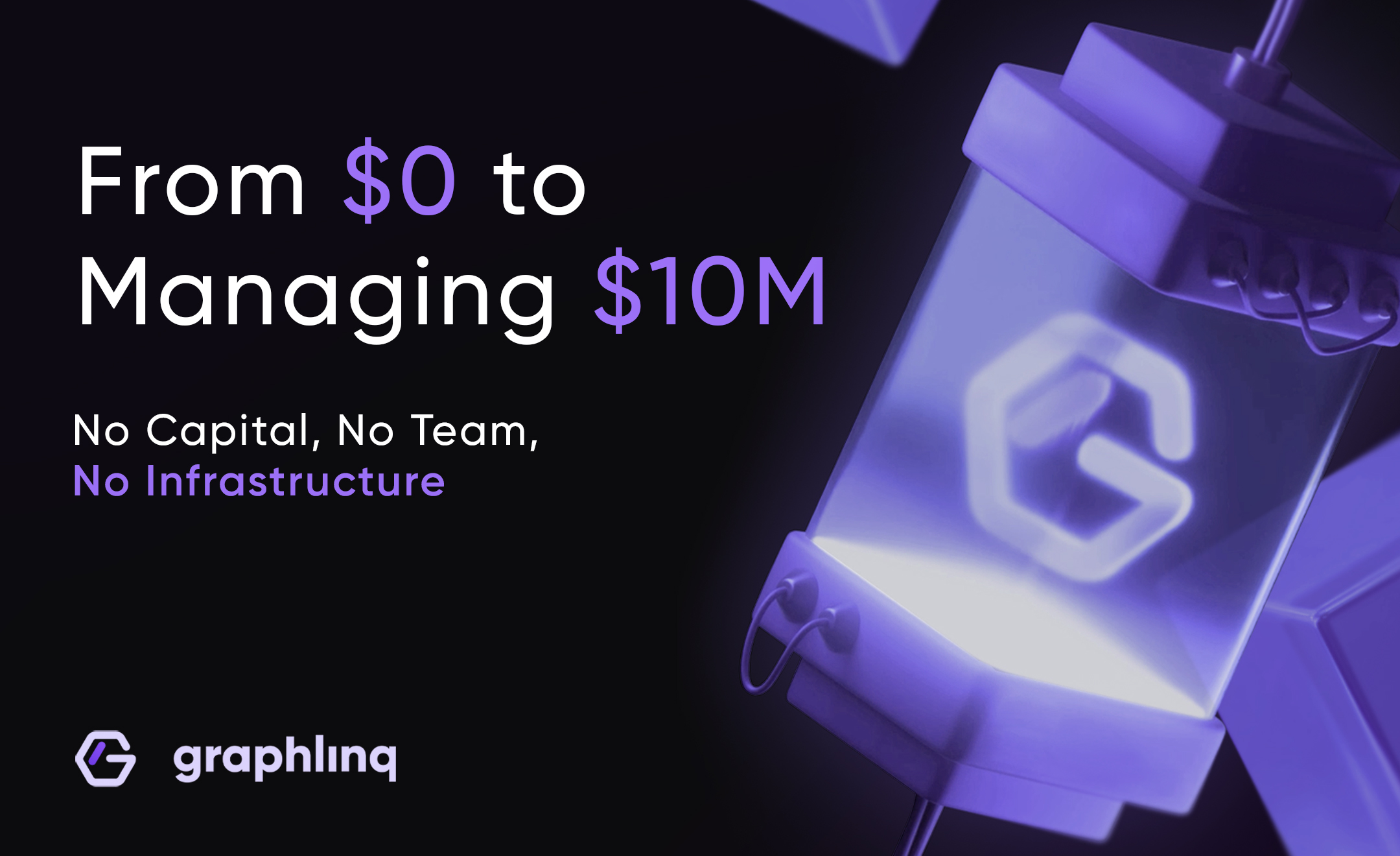
How Anyone Can Build a DeFi Trading Strategy with GraphLinq GraphAI — No Capital, No Team, No Infrastructure
Until recently, creating an automated trading strategy in crypto was something only developers and professionals could do. But that’s changing with GraphLinq GraphAI. Now you can build, launch, and manage your own DeFi trading strategies just by talking to an AI agent—no coding, no tech headaches. You describe what you want, and the AI sets it up for you.

Looking to Boost Crypto Twitter Engagement? 5 Ways GraphLinq AI Can Help
In this article, we’ll dive into 5 practical ways to use GraphLinq AI agents to strengthen your Crypto Twitter presence, streamline your DeFi strategies, and make your moves more visible to the community.

Smarter Bets on Polymarket: How GraphAI Agents Give You the Edge
Let’s look at four real-world ways GraphAI can give Polymarket traders an edge.
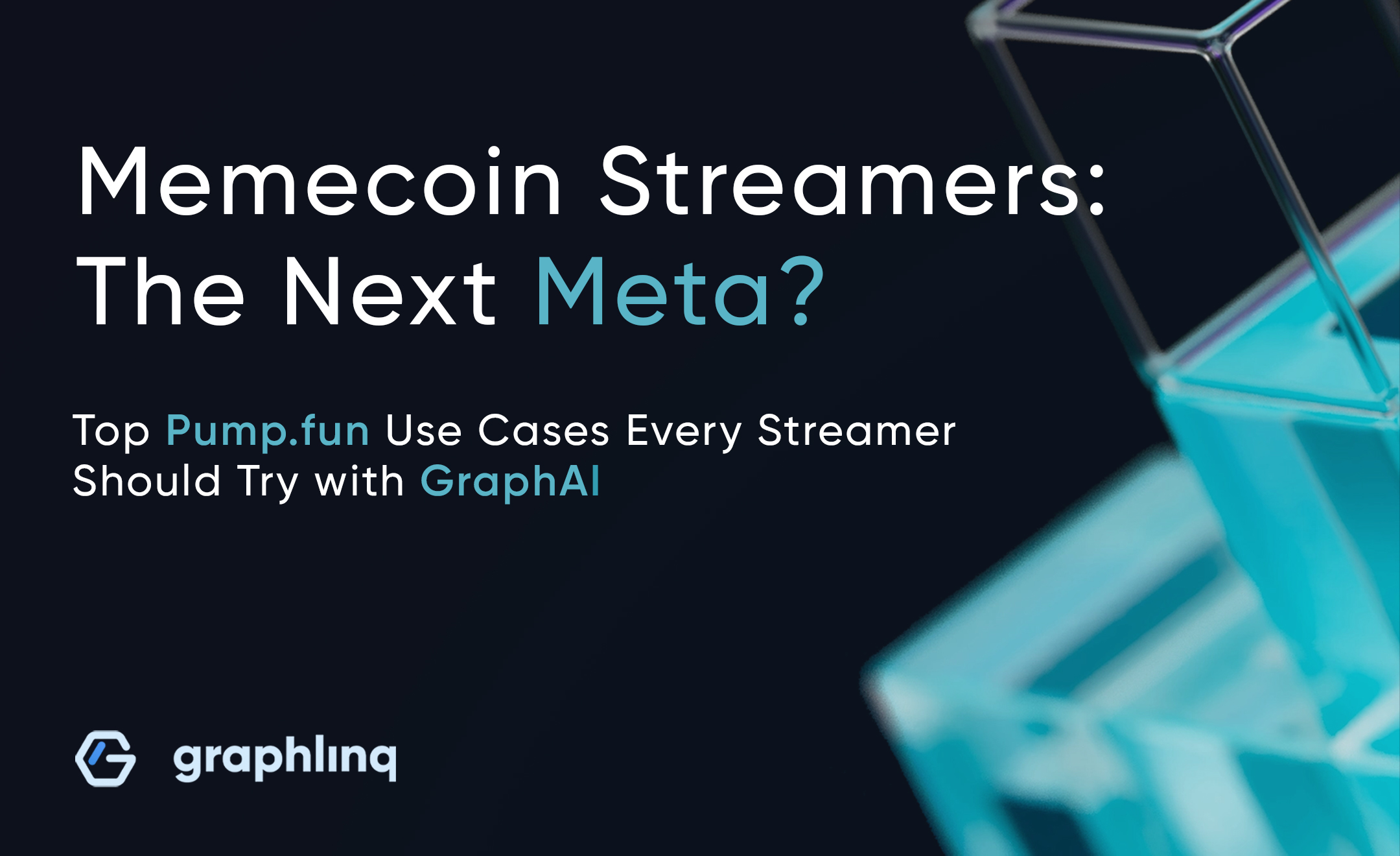
Top Pump.fun Use Cases Every Streamer Should Try with GraphAI & GraphLinq
If you’ve been anywhere near pump.fun lately, you know it’s not just a memecoin launchpad—it’s a stage. Pump.fun streamers are at the forefront of a new wave in crypto entertainment, blending live streaming with real-time token dynamics. These creators launch memecoins, engage their audience through live interactions, and capitalize on the volatile nature of memecoin markets to generate revenue. But here’s the thing: most streams just react to what’s already happening. What if your stream itself was the action?
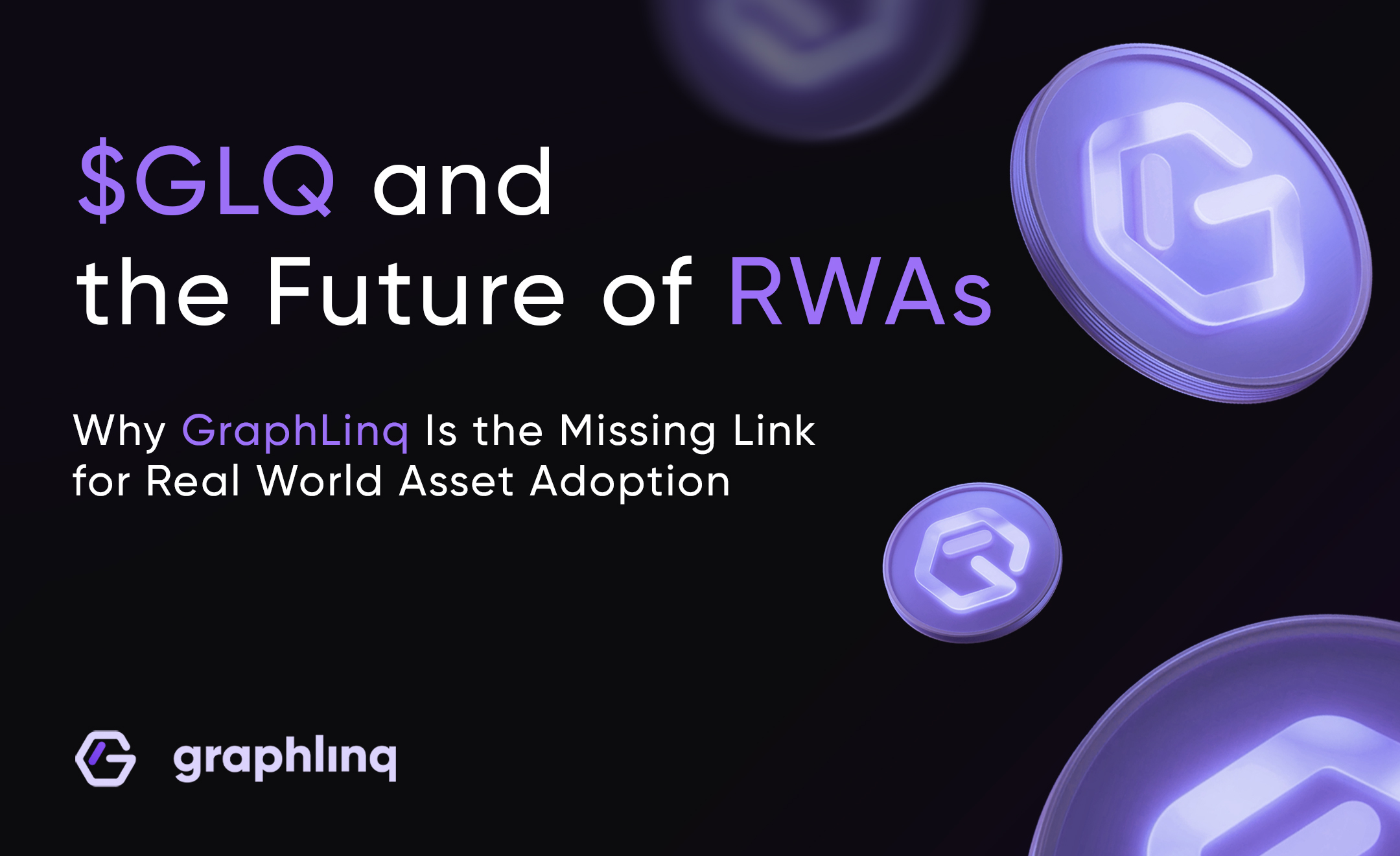
$GLQ and the Future of RWAs: Why GraphLinq Is the Missing Link for Real World Asset Adoption
Real World Assets (RWAs) are no longer a side story—they’re one of the fastest-growing trends in crypto. In just five years, the RWA market has skyrocketed from $85 million to $25 billion. Giants like BlackRock are already issuing tokenized treasury bonds, and analysts predict that trillions could soon flow into this sector. The momentum is real and it’s only getting started.
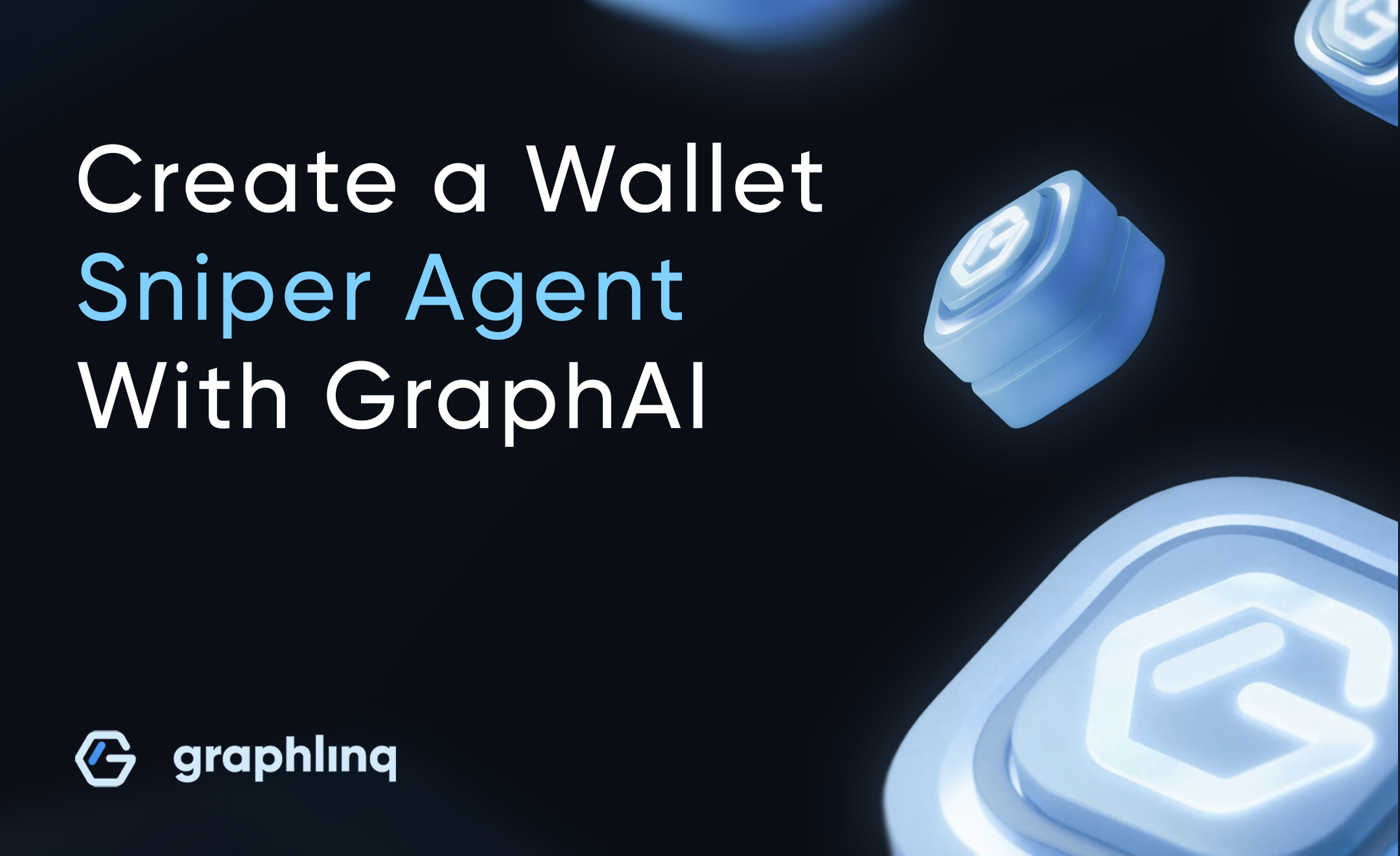
Tutorial: How to Create a Wallet Sniper Agent with GraphAI
In this guide we’ll show how to build a Wallet Sniper Agent with GraphAI that watches chosen addresses in real time, filters noise, and sends clean alerts.

How to Build Your First AI Agent with GraphAI: Monitor $TRUMP on Solana and Auto-Buy on Dips
So, GraphAI is finally live! Let’s take a closer look at one specific use case—building an AI agent that keeps an eye on $TRUMP on Solana and auto-buys when the price dips.

Top AI Agents in Crypto: Why GraphLinq and Others Are Set to Transform Web3
The question is simple: which projects deserve a closer look? We’ve picked a few that stand out. And don’t worry, none of them sponsored this article. This is not financial advice, just a friendly tour of some promising AI projects
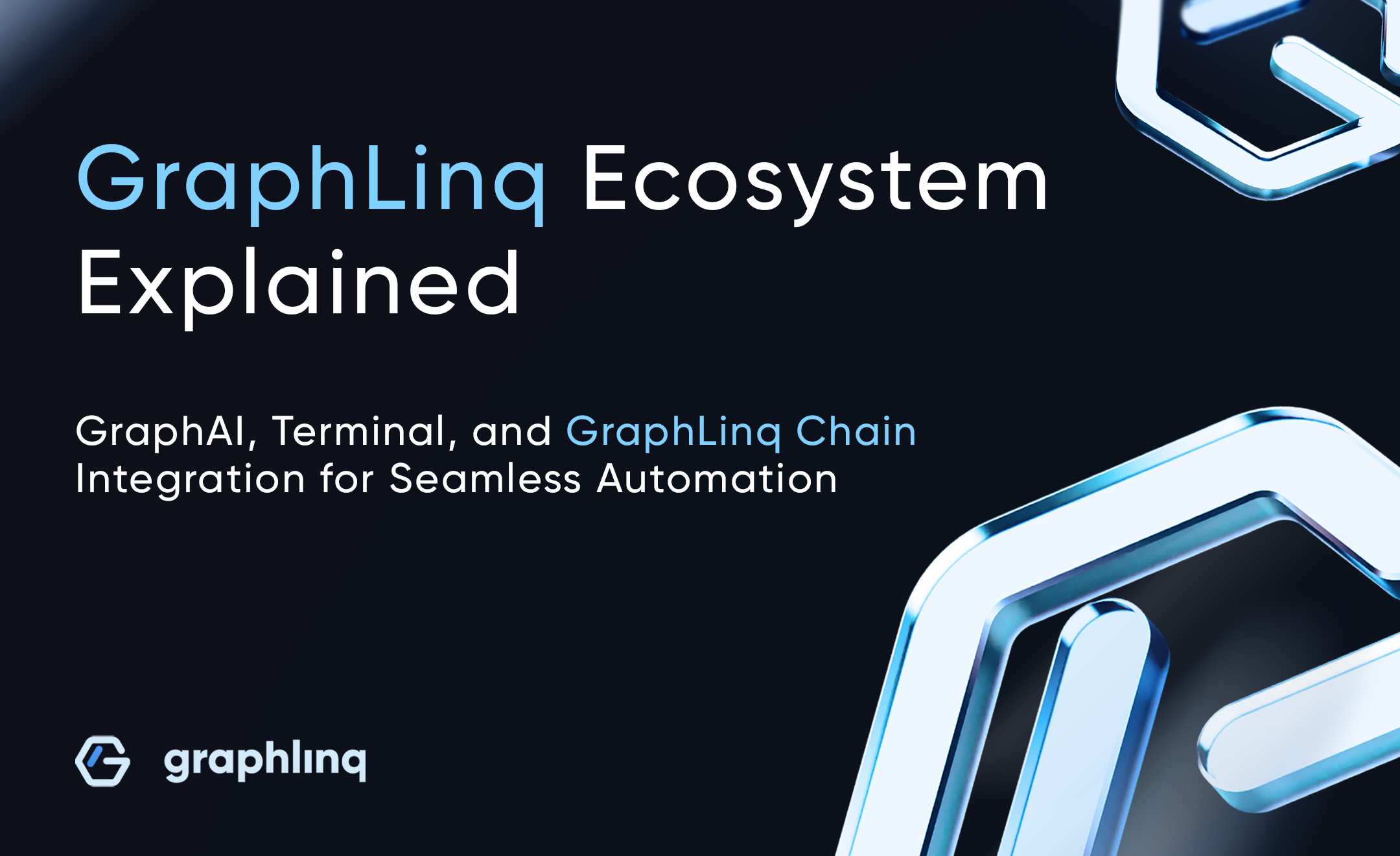
GraphLinq Ecosystem Explained: GraphAI, Terminal, and GraphLinq Chain Integration for Seamless Automation
Blockchain moves fast. New protocols launch overnight, prices swing in seconds, and opportunities can vanish before most traders even spot them. The challenge isn’t just keeping up—it’s turning those opportunities into action quickly, efficiently, and without technical roadblocks. This is where the GraphLinq ecosystem comes in.

Beyond MicroStrategy: Private Companies with the Biggest Crypto Treasuries
While public companies often grab the headlines, a growing number of private firms are quietly stacking serious amounts of crypto—particularly Bitcoin—as part of their treasury strategy. These are not fly‑by‑night startups or speculative bets. We're talking about established players making deliberate, long‑term moves.
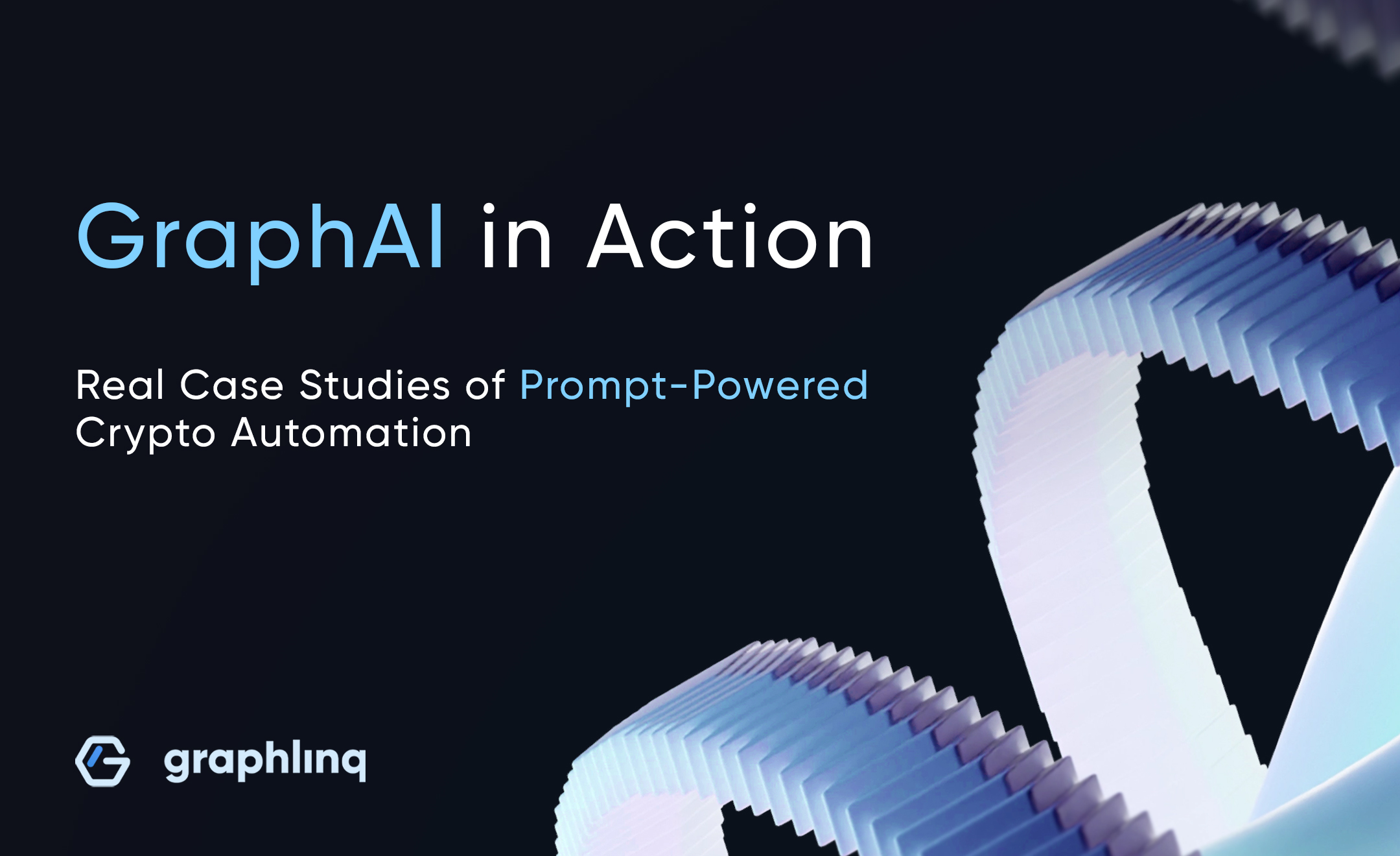
GraphAI in Action: Real Case Studies of Prompt-Powered Crypto Automation
Here’s how crypto users will soon be able to put GraphAI to work in real-world scenarios
